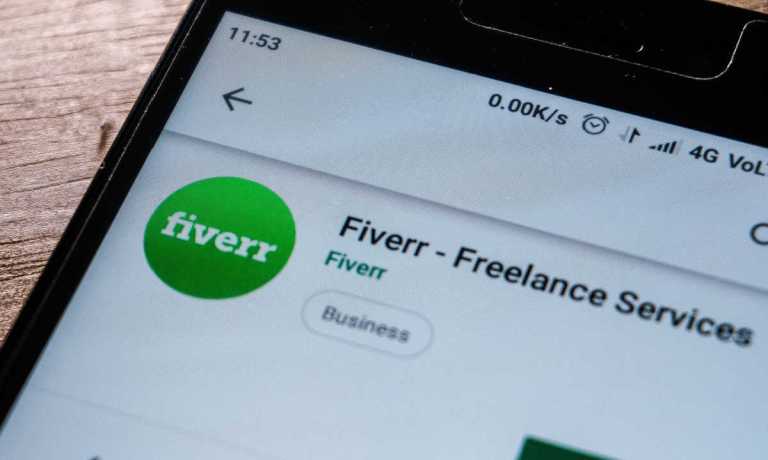
The gig economy’s facing headwinds, but the fundamentals are intact.
Fiverr, a component of PYMNTS’ CE 100 Index, posted results that showed only slight growth in clients hiring the talents of gig workers — but spending across that client population is up.
And artificial intelligence (AI), according to company management, represents both a growth area for freelancers and a technological revolution that can improve the company’s platform model itself.
CEO Micha Kaufman made note in remarks on the analyst conference call that the macro challenges resulted in “headwinds to overall freelance demand.”
In discussing company metrics, he said that active buyers (who buy gig services from “sellers”) were 4.3 million. That was up 1% year over year, according to company materials.
Repeat customers represent 63% of core marketplace revenue, compared to 59% for that same metric in 2021. Spend per buyer for the quarter ended December 31, 2022 reached $262, up 8% year over year, according to materials.
The growth of larger-wallet customers, according to commentary, is robust. Those customers typically spend at least $10,000 across the platform, and spend here was up 29% in 2022 overall and are proving more resistant to macro headwinds. The number of active sellers reached an all-time high, the company has said. Small and medium-sized business (SMB) sentiment is low, and appetite to spend is limited, CFO Ofer Katz said on the call.
But: “The long-term secular trend towards remote work and flexible workforce remains intact, so we believe it’s just a matter of time for overall freelance demand to rebound,” said the CEO, who also added that “engaging a dynamic workforce that combines full-time vs. independent workers, and on-site vs. remote is increasingly becoming a top-of-mind question for businesses of all sizes.”
Investors cheered the results, bidding up Fiverr shares 16% in intraday trading as guidance looked toward a top line growth rate of between 4% to 8% in the current year. At a recent $44 a share, the rally has retraced at least part of a downdraft in the stock that has seen Fiverr trade well off of recent peaks around $76.
And with a nod to AI, Kaufman said that contrary to some observations that such advanced tech would threaten Fiverr’s business, he remains “very excited about the possibilities of AI.” AI, he predicted, will create more jobs — and noted, too, that AI “talents” have been flocking to the platform. Fiverr is seeing increased demand for AI artists and for developers crafting new tools related to chatGPT or writing, graphic design and video. There also is demand, Kaufman said, for fact checking issues around copywriting and the accuracy of content. AI will also help improve the matching of buyers and sellers, and streamline search and browsing, Katz and Kaufman said.
In the meantime, said Kaufman, there’s significant opportunity to leverage Fiverr’s model coming out of the current downcycle. Nearly 40% of the U.S. workforce is comprised of freelancers, he said, and that tally will stand at more than 50% by 2025.
During the question-and-answer session, management said that among the priorities this year will be to improve comparability in the online marketplace, in order to speed up matching and buyers’ choice — and to convert more customers into buyers. Management will also seek to build out external partnership to open up new business channels, according to the Q&A.